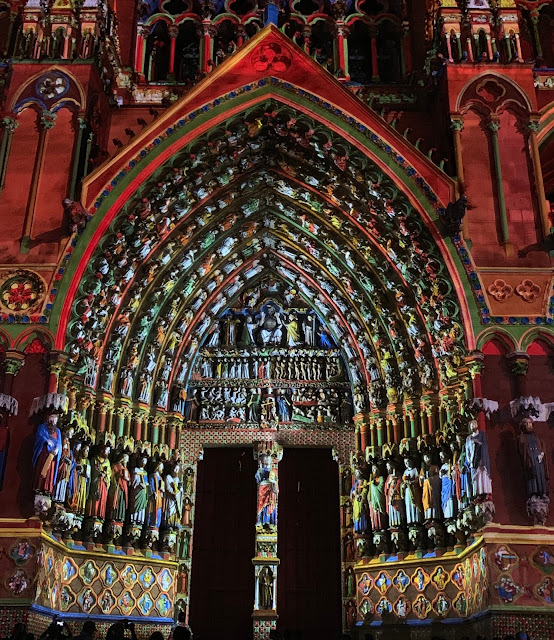Today, we welcomed friends visiting from the U.S. One of the friends is a lover of fine foods, including pastries. So, visiting Paris required finding a good patisserie. Fortunately, that is an easy task in Paris.
Susan remembered a recommendation from a guide from one of our many walking tours. He praised the taste and comparatively low cost of macarons at the Patisserie Stohrer in the 2nd arrondissement.
This morning, we visited the neighborhood of Les Halles and found Stohrer.
It turns out that Stoher is reputed to be the oldest patisserie in Paris. It was founded nearly 300 hundred years ago in 1730 by a French pastry chef, Nicholas Stohrer. Stohrer had the talent and good fortune to be the pastry chef for a Polish princess, Marie Leszczyńska. When Marie moved to Versailles in 1725 to become the wife of French King Louis XV, Stohrer tagged along. The rest is history and his memory and some of his recipes are alive today at the historic shop still bearing his name.
We look forward to a return visit. You are welcome to join us.
By the way, Susan Marie-Chantal recommends the macarons at Stohrer.
P.S. Check out the almond paste fruits pictured below. They look so real.






























































